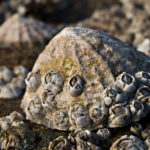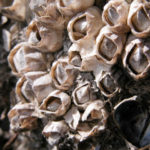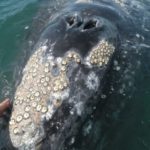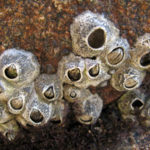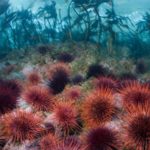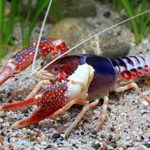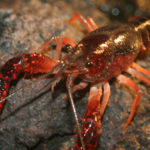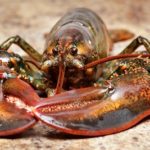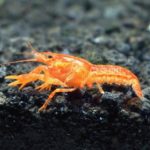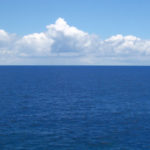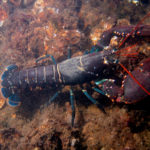Barnacles
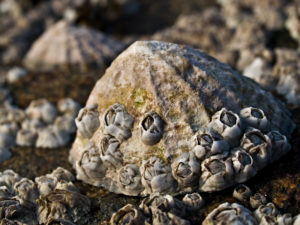 The barnacles, of which there are about 1200 species, are found all over the world and live in the seas. The greatest number of different types can be found in saline coastal waters. The size of the crayfish begins at a height of 3 mm (in the Chthalamus species) and reaches a diameter of 70-100 mm and a height of 120-150 mm (in the genus Balanus nubilus).
The barnacles, of which there are about 1200 species, are found all over the world and live in the seas. The greatest number of different types can be found in saline coastal waters. The size of the crayfish begins at a height of 3 mm (in the Chthalamus species) and reaches a diameter of 70-100 mm and a height of 120-150 mm (in the genus Balanus nubilus).
Certain species of large barnacles croaks settle only on rocks immersed in water. For example, crayfish living on the Pacific coast of the United States of America can reach a mass of 1.5 kg.
These individuals are the only of all their relatives who lead a “sedentary life.” One of the main functions of barnacles is the ability to produce a sticky special substance that helps them to stick to almost any surface. It quickly hardens in a humid environment and is persistently retained under extreme temperature and pressure. Sea acorns securely weave piles, stones and other hard surfaces.
Barnacles are attached to frozen objects that are immersed in water, for example, to the bottoms of ships in the port. They can be seen on shells of mollusks, shells of crabs and skin of whales.
Long stay in the air, low temperature or fresh water is fatal for the barnacles, but their conical conchs continue to cling to the last until they erupt. At low tide, crayfish hide in a multilayered carapace, which consists of calcium carbonate.

